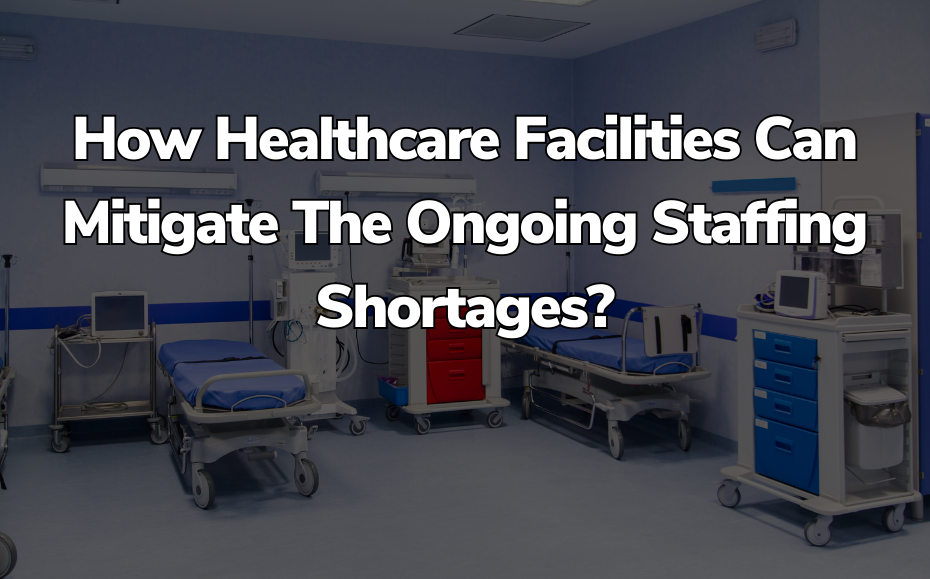West Nile Virus has been a California public health threat for many years now. Its bird and mosquito carriers spread across the Golden State, bringing the virus with them. Right now, it is the biggest mosquito-carried virus in the entire state by a significant margin. It is so serious that infected individuals are highly encouraged to report cases to their local health departments. What is the West Nile Virus, exactly? How is it spread, and how can it be avoided? What should be done, if it is ever caught? This article will answer all these questions and more.
What is the West Nile Virus?
The West Nile Virus is flavivirus— A virus variant commonly found in ticks and mosquitoes, which can sometimes transfer to humans. The main carrier of this virus in America is the southern house mosquito (Culex quinquefasciatus), which commonly acquires it after feeding on an infected bird.
It is important to note that mosquito bites or exchange in fluids (blood transfusions, organ transplants, breastfeeding) are the only way this disease can be transmitted, from person to person. Humans cannot give each other the WNV through regular contact or breathing the same air.
What are West Nile Virus symptoms?
WNV symptoms vary greatly in severity. According to the CDC, 80% of infected people will display no symptoms, whatsoever. However, there is at least a 20% chance that WNV victims will display symptoms such as headaches, rashes, diarrhea, pains in the joints, and vomiting. Even when these signs die down, patients could experience tiredness for weeks or even months after. Patients will heal completely after a while in most cases.
On the other hand, WNV has a small, but very real risk of becoming potentially lethal. There is a 0.67% chance that it can cause nervous system diseases such as meningitis (an infection of the membrane enveloping the brain and spinal cord) or encephalitis (infection of the brain.) These victims exhibit more potent symptoms of neck stiffness, convulsions, and tremors, greater weakness in the muscle, numbness, paralysis, stupor or disorientation, and an even higher fever, just to name a few. Recovering completely can take months, and the diseases can even cause permanent damage. These severe nervous system diseases have a 10% overall chance of becoming fatal.
How did West Nile Virus reach California?
In July 2003, scientists found the first instances of WNV in California in a group of mosquitoes. This pool belonged to the Culex tarsalis family and was originally found in El Centro, Imperial County. Since then, the disease slowly but surely spread throughout the state, and has remained a public health problem ever since.
From 2003 to the present day, there have been 7,500 recorded human cases and 300 confirmed deaths related to WNV. Over the last five years, there have been at least 2.2 reported human cases. California citizens can report dead birds on the official government site, to help them locate and track potential new WNV cases.
How can I prevent West Nile Virus?
At the time of writing, there are no vaccines or antibiotics made to prevent WNV. If you are infected and you display symptoms, all you can do is rest well and remain sufficiently hydrated. If the pain is bothering you, over-the-counter painkillers are highly recommended. If the symptoms are severe, you may need hospitalization for extra attention and observation.
Ultimately, the best way to prevent WNV is to avoid mosquitoes, altogether. Make it a habit to apply a good quality mosquito repellant, before you go naturewalking. Avoid places with standing water, and dispose of any stagnant water in your own home. If you live in an area full of mosquitoes, sleep with a mosquito net over your bed.













